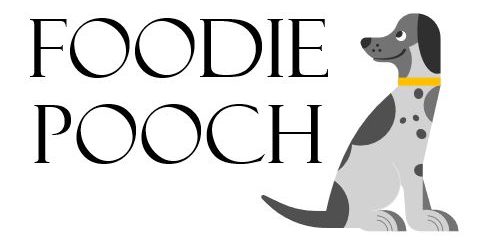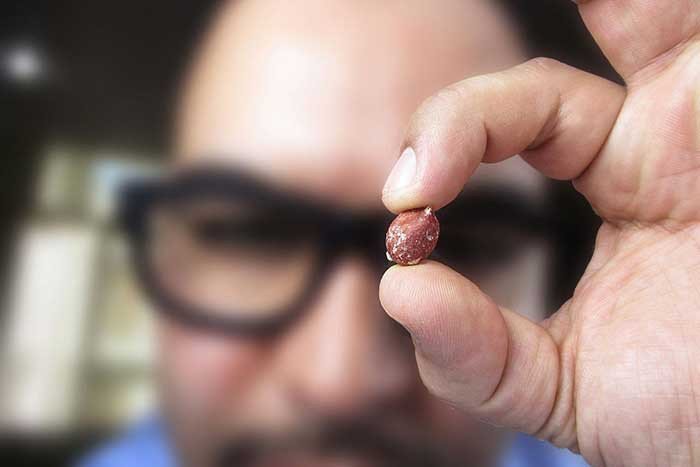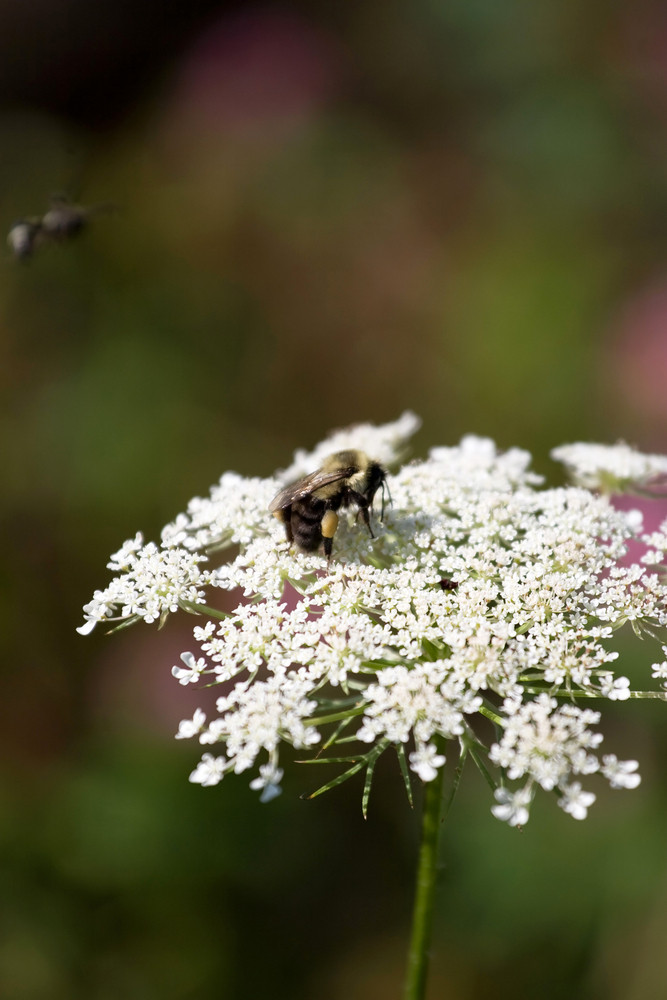How to prevent and treat canine diabetes
Diabetes in dogs has been on the rise for quite some time. In fact, cases of canine diabetes have tripled since 1970.
But why?
This article will help you prevent and treat canine diabetes.
A few interesting facts about diabetes in dogs
– Diabetes is one of the most common endocrine diseases affecting middle-aged and senior dogs, with 70% of patients older than 7 at the time of diagnosis.
– Diabetes rarely occurs in dogs younger than 1 year of age, and it is more common in females and neutered males than in intact males.
– Keeshonds, Pulis, Cairn Terriers, Miniature Pinschers, Poodles, Samoyeds, Australian Terriers, Schnauzers, Spitz, Fox Terriers, Bichon Frise, and Siberian Huskies may be at higher risk. Because of these breed connections, researchers speculate that the development of diabetes may have a genetic component.
– An estimated 50% of canine diabetes cases are likely linked to pancreatic damage caused by autoimmune disorders. These disorders have many possible causes, but we believe that they are linked to overstimulation of the immune system from over-vaccinating, highly processed foods, and other environmental factors.
– Obesity can contribute to insulin resistance, making it more difficult to regulate overweight dogs with diabetes. Obesity is also a risk factor for pancreatitis, which can lead to diabetes.
Prevention and Treatment
A natural diet is very important for all dogs, but particularly those suffering with canine diabetes. Most commercial dog foods contain grains, carbohydrates, sugars, and other fillers. For that reason, we recommend you feed your diabetic pooch a raw or natural diet, that is low in sugars and carbohydrates.
What to feed a diabetic dog
A species appropriate, minimally processed diet and natural supplements can be effective in controlling milder forms of diabetes, and this can often result in the decreased use or elimination of insulin. A species appropriate diet is one that consists of mostly raw meats and some vegetables, fruits, and even eggs. Sardines contain fatty acids which can add additional benefits. A minimally processed commercial dog food, such as air or free-dried raw, can deliver the convenience of natural feeding without the fuss.
It is important to feed diabetic dogs two to three times a day. This helps to control the rise and fall of blood sugar throughout the day and prevents it from falling to dangerously low levels between feedings.
Supplements
We recommend the following supplements to stabilise glucose levels:
Coconut Oil – helps prevent and treat diabetes by regulating and balancing insulin. Coconut Oil is available from most supermarkets on health food shops.
Raw apple cider vinegar – in your pet’s water bowl is also very effective in controlling diabetes symptoms. Apple Cider Vinegar is also available from supermarkets and health food shops.
Vitamins and Minerals
It is important the diet you feed is rich in the following nutrients:
Vitamin C – prevents cataracts, protects the kidneys, and controls blood sugar. Vitamin C is also instrumental in strengthening the immune system.
Vitamin E – reduces the need for insulin, controls blood sugar levels, improves insulin action, and prevents oxidative stress, thereby strengthening the immune system.
Magnesium – guards against high urinary loss and a magnesium deficiency could lead to retinal damage and heart disease.
Zinc – lessens the effects of diabetes.
Exercise
It is important for a diabetic dog to have daily exercise at the same time each day. The exercise should not be too strenuous, but should adapt to the dog’s temperament, age, and health. The dog should be comfortable doing exercise without having to pant.
Treats
Do not give treats at random throughout the day, as this can cause blood sugar spikes that the insulin may not be able to control. It is best to give treats when you know the insulin will be at peak effectiveness (usually around 4 to 6 hours after insulin injection).
Most commercial treats are high in carbohydrates and sugars and should be avoided. Choose treats that are high in protein, and preferably gluten-free. Avoid any treats with corn, soy, fructose, or molasses. Fruits are fine in moderation and veggies are a good choice for diabetic dogs. The fibre in vegetables will help stabilise blood sugar. Steam or puree them to make them more digestible or you can try frozen green beans for crunch.
Don’t overdo it with treats – make sure less than 10% of your dog’s daily calories come from treats.
When to get help
If you suspect your dog has diabetes, seek the advice of a canine health professional. It would be best to seek the advice of a holistic vet who can address your dog’s needs focusing on proper nutrition and supplements. In some instances, insulin may not be necessary.




